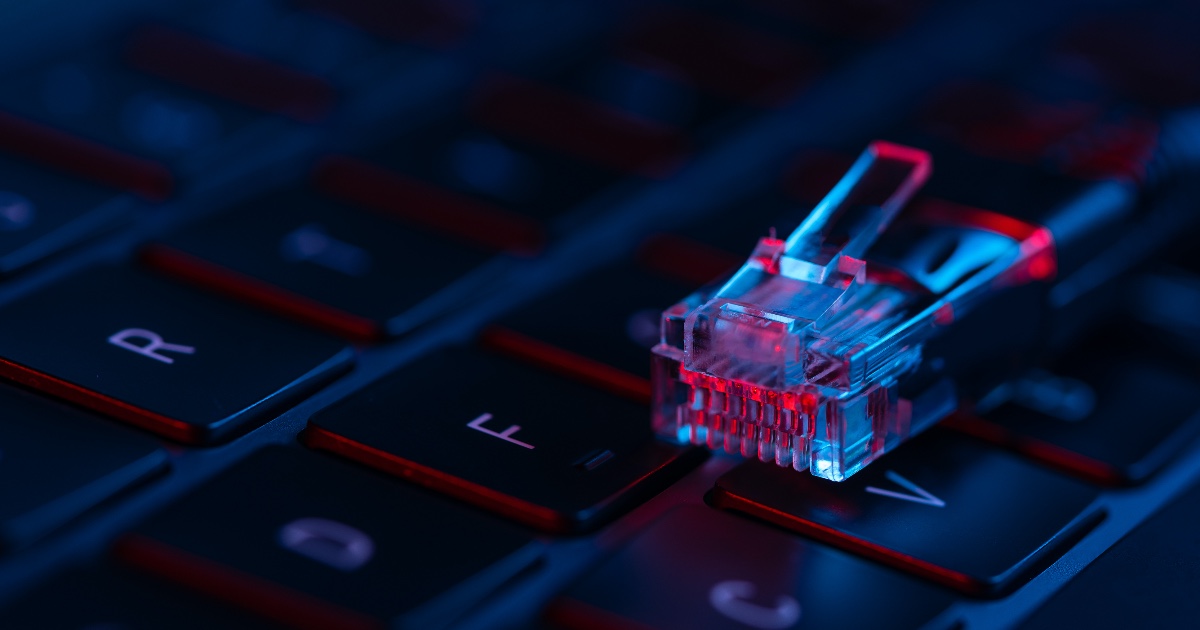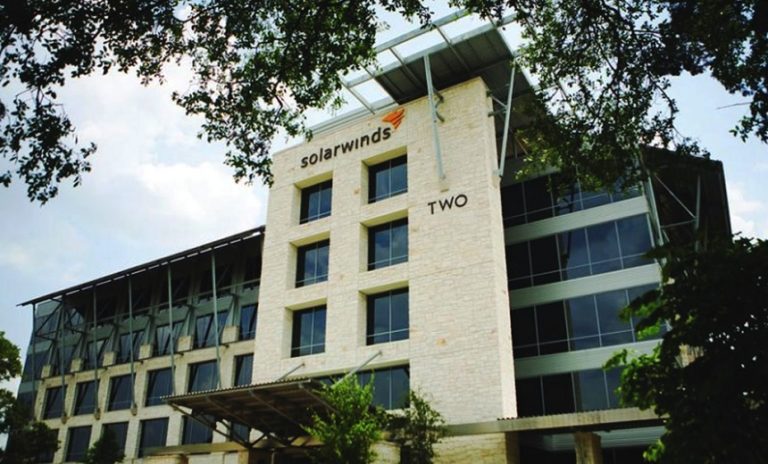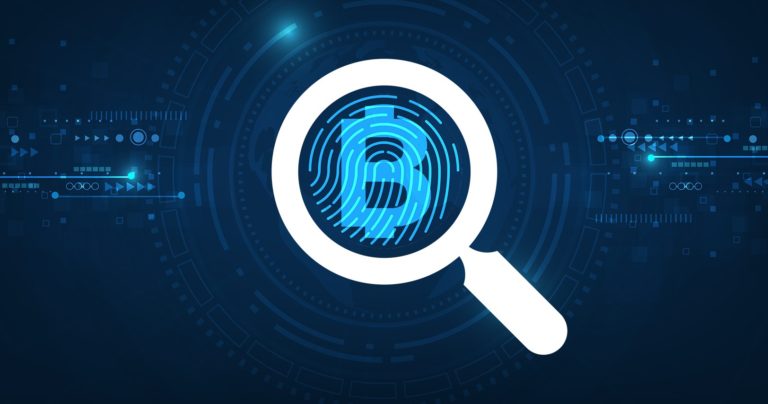Stopping Threats on the OSI Physical Layer
The Open Systems Interconnection (OSI) model is one of the many useful tools we can use to stop cybersecurity threats. This long-standing standard separates a network into seven layers, offering suggestions for protecting each of them. In this blog series, we’ll examine the layers one by one to understand this model. Each piece follows the same structure: what makes up the layer and what sort of threats you should be on the lookout for within that layer. First, take a look at the physical layer in OSI model frameworks.
What Is the OSI Seven-Layer Model?
Before we jump in, some basics for those who don’t know the model. The OSI model dates back to the mid-1970s. In a nutshell, its purpose is to serve as a common basis for system interconnection and networking, whether it is for a telecommunications or computing system. The OSI model is defined in the ISO/IEC 7498 standard. It is made up of seven layers of networking in two clusters: media (1-3) and host (4-7). The layers are:
- Physical
- Data Link
- Network
- Transport
- Session
- Presentation
- Application
With that background, let’s get to the physical layer and see where the risk lays.
What Is the Physical Layer?
The OSI physical layer is where it all begins. Exactly as you’d think, it covers physical components. The physical layer covers transporting all those zeroes and ones to wherever they need to go. Therefore, the physical layer in the OSI model can include wires, cables, wireless connections, routers, endpoints, sockets, pins and all that other fun stuff. Everything you can think of in this layer often has some connected definition or standard. Those will include timing transmission distances, voltage changes, access methods and any other type of specification you could think of. Furthermore, if it is ubiquitous (think Bluetooth or USB) there is specification for it. If it’s a bit or byte and it needs to get somewhere, it’s going to be on the physical layer.
Cybersecurity Threats to the Physical Layer
Threats of all kinds can menace the physical layer: malicious insiders, malfunction or sabotage, degradation, overload, natural disaster and so on. Even the most seemingly insignificant component — like a cable — if compromised or attacked could bring down an entire system. Concurrently, the physical layer can also be your last line of defense. For example, you could be suffering a denial of service attack. In this case, your only hope to save the network is pulling the plug.
Therefore, in order to protect the physical layer, put your threat assessment and business impact analysis hats on. Find the possible trouble points. For example, check access to infrastructure, physical location to external or natural threats, recovery time and so on. Once you figure out what the business impact will be, time to shift over to risk tolerances and contingency planning. This means it is time to think about your business continuity, disaster recovery and even emergency response plans. Do you need to go offsite, for example? Do you have memorandums of understanding in place? Oh yeah, have you tested those plans? If you need some help on how to contingency plan for these threats, NIST Special Publication 800-34 Revision 1 is one of the best guides out there.
Don’t Forget the Physical Layer in OSI Model Checks
We breezed through the physical layer, as much of it should be obvious, but don’t underestimate its importance to your network and vulnerability to cyberattacks, regardless of the nature of the threat. Whether it is a disgruntled employee with some cable cutters or a bolt of lightning striking your facilities, without the physical layer, you have nothing.
We’re just getting started with the OSI layers. Next, we’ll look closer at the data link layer.







